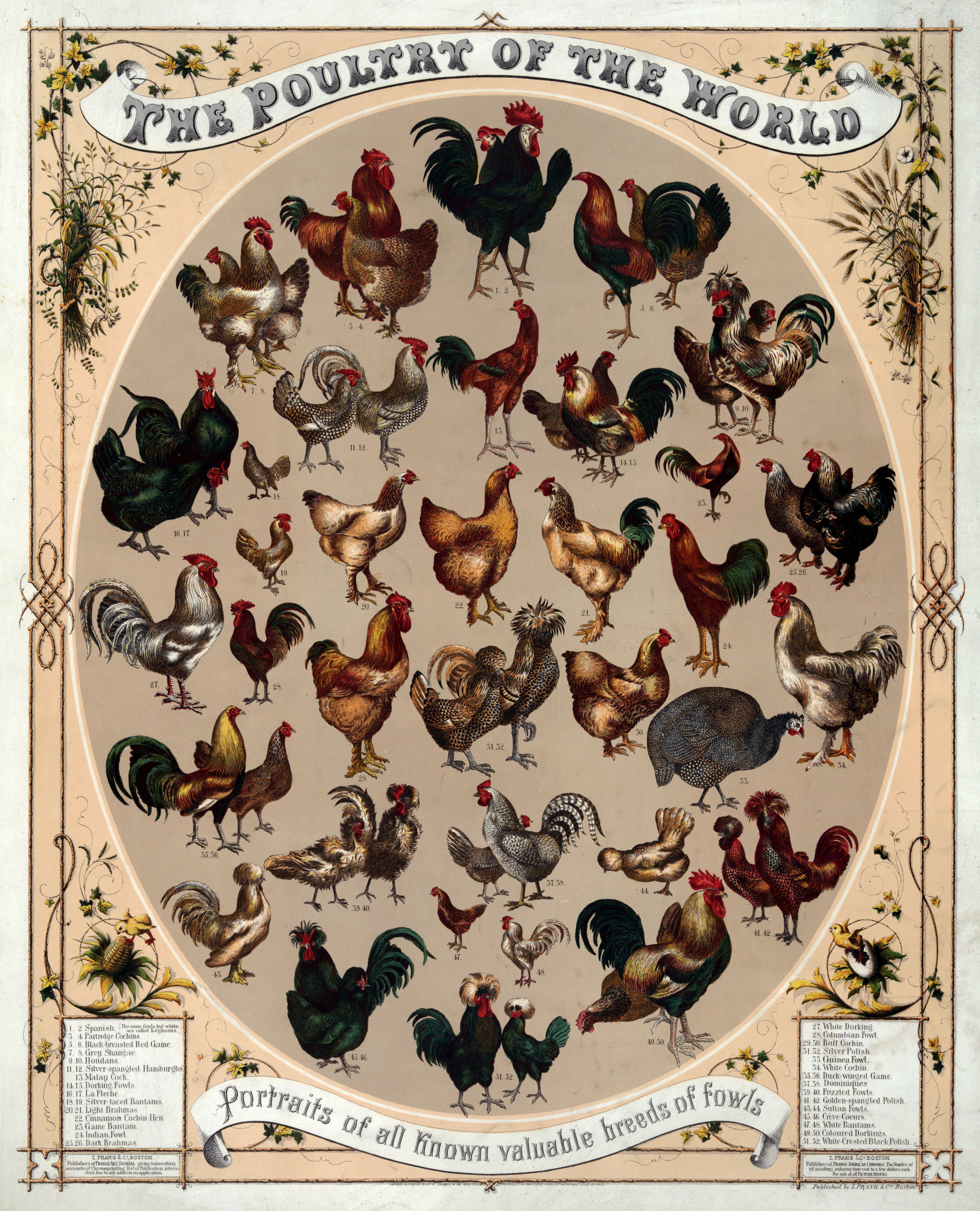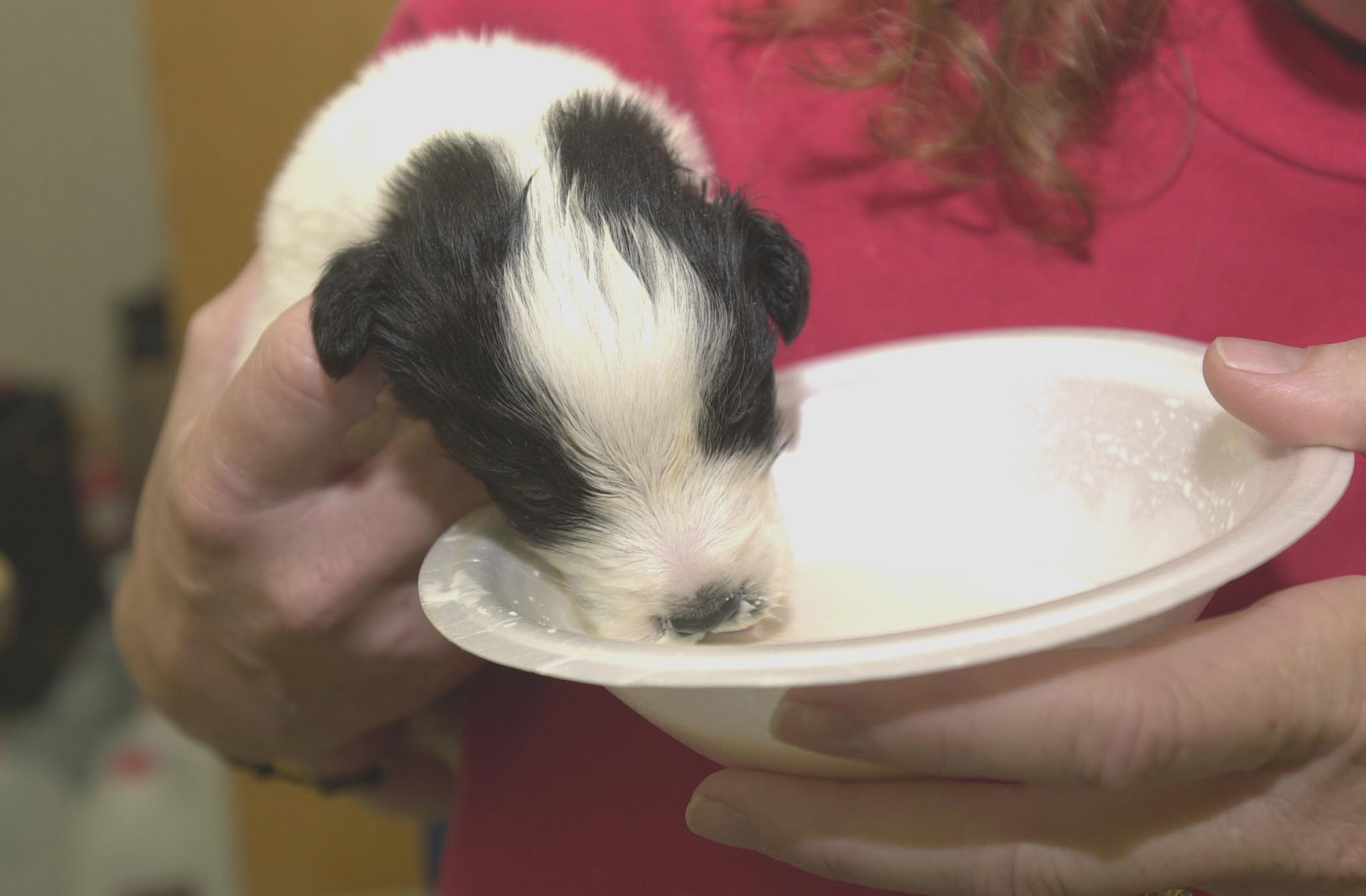|
White Striping
White striping (abbreviated WS) is a condition in poultry where white fat deposits replace muscle in stripes along muscle fibers. It is considered a type of myopathy, primarily of the Pectoralis major muscle. There does not appear to be direct harm to birds specifically from white striping. However, some scientists and animal welfare groups have called its presence indicative of the industry's use of fast-growing birds, who have higher rates of health issues and welfare concerns such as hock burns. Using fast-growing birds is linked to overall higher rates of white striping. Prevalence Over the last decade, the rates of white striping have increased substantially. In 2012, multiple studies averaged around 5% of birds showing signs of white striping. In 2018 and 2019, studies averaged above at least 90%. In 2021, one group found that it showed up around 99% of all farmed birds in the US, with 70% being moderate to severe. The condition is not limited to the United States. In I ... [...More Info...] [...Related Items...] OR: [Wikipedia] [Google] [Baidu] |
Poultry
Poultry () are domesticated birds kept by humans for the purpose of harvesting animal products such as meat, Eggs as food, eggs or feathers. The practice of animal husbandry, raising poultry is known as poultry farming. These birds are most typically members of the superorder Galloanserae (fowl), especially the order Galliformes (which includes chickens, quails, and domestic turkey, turkeys). The term also includes waterfowls of the family Anatidae (ducks and geese) but does not include wild birds hunted for food known as game (hunting), game or wild meat, quarry. Recent genomic studies involving the four extant junglefowl species reveals that the domestication of chicken, the most populous poultry species, occurred around 8,000 years ago in Southeast Asia. This was previously believed to have occurred around 5,400 years ago, also in Southeast Asia. The process may have originally occurred as a result of people hatching and rearing young birds from eggs collected from the wild, ... [...More Info...] [...Related Items...] OR: [Wikipedia] [Google] [Baidu] |
Muscle
Muscle is a soft tissue, one of the four basic types of animal tissue. There are three types of muscle tissue in vertebrates: skeletal muscle, cardiac muscle, and smooth muscle. Muscle tissue gives skeletal muscles the ability to muscle contraction, contract. Muscle tissue contains special Muscle contraction, contractile proteins called actin and myosin which interact to cause movement. Among many other muscle proteins, present are two regulatory proteins, troponin and tropomyosin. Muscle is formed during embryonic development, in a process known as myogenesis. Skeletal muscle tissue is striated consisting of elongated, multinucleate muscle cells called muscle fibers, and is responsible for movements of the body. Other tissues in skeletal muscle include tendons and perimysium. Smooth and cardiac muscle contract involuntarily, without conscious intervention. These muscle types may be activated both through the interaction of the central nervous system as well as by innervation ... [...More Info...] [...Related Items...] OR: [Wikipedia] [Google] [Baidu] |
Myopathy
In medicine, myopathy is a disease of the muscle in which the muscle fibers do not function properly. ''Myopathy'' means muscle disease ( Greek : myo- ''muscle'' + patheia '' -pathy'' : ''suffering''). This meaning implies that the primary defect is within the muscle, as opposed to the nerves (" neuropathies" or " neurogenic" disorders) or elsewhere (e.g., the brain). This muscular defect typically results in myalgia (muscle pain), muscle weakness (reduced muscle force), or premature muscle fatigue (initially normal, but declining muscle force). Muscle cramps, stiffness, spasm, and contracture can also be associated with myopathy. Myopathy experienced over a long period (chronic) may result in the muscle becoming an abnormal size, such as muscle atrophy (abnormally small) or a pseudoathletic appearance (abnormally large). Capture myopathy can occur in wild or captive animals, such as deer and kangaroos, and leads to morbidity and mortality. It usually occurs as a result o ... [...More Info...] [...Related Items...] OR: [Wikipedia] [Google] [Baidu] |
Animal Welfare
Animal welfare is the quality of life and overall well-being of animals. Formal standards of animal welfare vary between contexts, but are debated mostly by animal welfare groups, legislators, and academics. Animal welfare science uses measures such as longevity, disease, immunosuppression, ethology, behavior, physiology, and reproduction, although there is debate about which of these best indicate animal welfare. Respect for animal welfare is often based on the belief that nonhuman animals are Sentience, sentient and that consideration should be given to their well-being or suffering, especially when they are under the care of humans. These concerns can include how animals are Animal slaughter, slaughtered for food, how they are used in Animal testing, scientific research, how they are kept (as pets, in zoos, farms, circuses, etc.), and how human activities affect the welfare and survival of wild species. There are two forms of criticism of the concept of animal welfare, comin ... [...More Info...] [...Related Items...] OR: [Wikipedia] [Google] [Baidu] |
Hock Burns
Hock burns are lesions found on the hock joints of chickens and other birds raised on broiler farms. They are considered a form of contact dermatitis. These marks occur when the ammonia from the waste of other birds burns through the skin of the leg, leaving a brown ulcer mark. The condition has been found to be a source of pain for birds, can cause mobility issues, and may increase the risk of bacterial diseases. In severe cases, hock burns can cause visible scabs to form. Higher rates of hock burns are often used by observers as an indicator of what they see as worse animal welfare conditions. This is in part due to how they occur more often in overcrowded conditions and in birds genetically modified to grow fast. Although the meat is still safe to eat, many processors now remove these marks as they discourage customers. Prevalence Hock burns have been identified in birds in Northern Ireland since at least 1978. It appears to have been first described in the scientific litera ... [...More Info...] [...Related Items...] OR: [Wikipedia] [Google] [Baidu] |
Hypoxia (medicine)
Hypoxia is a condition in which the body or a region of the body is deprived of an adequate oxygen supply at the tissue level. Hypoxia may be classified as either '' generalized'', affecting the whole body, or ''local'', affecting a region of the body. Although hypoxia is often a pathological condition, variations in arterial oxygen concentrations can be part of the normal physiology, for example, during strenuous physical exercise. Hypoxia differs from hypoxemia and anoxemia, in that hypoxia refers to a state in which oxygen present in a tissue or the whole body is insufficient, whereas hypoxemia and anoxemia refer specifically to states that have low or no oxygen in the blood. Hypoxia in which there is complete absence of oxygen supply is referred to as anoxia. Hypoxia can be due to external causes, when the breathing gas is hypoxic, or internal causes, such as reduced effectiveness of gas transfer in the lungs, reduced capacity of the blood to carry oxygen, compromised ge ... [...More Info...] [...Related Items...] OR: [Wikipedia] [Google] [Baidu] |
Oxidative Stress
Oxidative stress reflects an imbalance between the systemic manifestation of reactive oxygen species and a biological system's ability to readily detoxify the reactive intermediates or to repair the resulting damage. Disturbances in the normal redox state of cells can cause toxic effects through the production of peroxides and free radicals that damage all components of the cell, including proteins, lipids, and DNA. Oxidative stress from oxidative metabolism causes base damage, as well as strand breaks in DNA. Base damage is mostly indirect and caused by the reactive oxygen species generated, e.g., (superoxide radical), OH ( hydroxyl radical) and (hydrogen peroxide). Further, some reactive oxidative species act as cellular messengers in redox signaling. Thus, oxidative stress can cause disruptions in normal mechanisms of cellular signaling. In humans, oxidative stress is thought to be involved in the development of attention deficit hyperactivity disorder, cancer, Parkin ... [...More Info...] [...Related Items...] OR: [Wikipedia] [Google] [Baidu] |
Cobb 500
The Cobb 500 is a fast-growing Broiler, broiler chicken breed. They can reach a 2 kg slaughter weight at 33 days old. They make up around half of all globally farmed chickens as of 2016. The Cobb 500 is controversial due to their health problems. Animal rights and animal welfare groups such as Open Cages have called for the industry to stop their use. History The Cobb linage descends from the Vantress chicken, which was bred for the USDA's Chicken of Tomorrow Contest, Chicken of Tomorrow contest in the 1940s. The Cobb line itself saw its initial development in the 1970s in England by Cobb-Vantress. The Cobb 500 in particular was introduced into the United States in 1985. In response, the US producer Tyson Foods acquired a 50% stake in Cobb-Vantress in 1986. In 1994, Tyson acquired full control of the company. The Cobb 500's share of all chickens has increased in the decades since. In 2008, all Cobb line birds made up around 30-40% of global broilers. In 2016, the Cobb 500 alone ... [...More Info...] [...Related Items...] OR: [Wikipedia] [Google] [Baidu] |
Protein
Proteins are large biomolecules and macromolecules that comprise one or more long chains of amino acid residue (biochemistry), residues. Proteins perform a vast array of functions within organisms, including Enzyme catalysis, catalysing metabolic reactions, DNA replication, Cell signaling, responding to stimuli, providing Cytoskeleton, structure to cells and Fibrous protein, organisms, and Intracellular transport, transporting molecules from one location to another. Proteins differ from one another primarily in their sequence of amino acids, which is dictated by the Nucleic acid sequence, nucleotide sequence of their genes, and which usually results in protein folding into a specific Protein structure, 3D structure that determines its activity. A linear chain of amino acid residues is called a polypeptide. A protein contains at least one long polypeptide. Short polypeptides, containing less than 20–30 residues, are rarely considered to be proteins and are commonly called pep ... [...More Info...] [...Related Items...] OR: [Wikipedia] [Google] [Baidu] |
Woody Breast
Woody breast is an abnormal muscle condition that impacts the texture and usability of chicken breast meat. The affected meat is described as tough, chewy, and gummy due to stiff or hardened muscle fibers that spread through the filet. The specific cause is not known but may be related to factors associated with rapid growth rates. * Companies often use a three-point scale to grade the woodiness of a particular breast. Although distasteful to many, meat that exhibits woody breast is not known to be harmful to humans who consume it. When detected by suppliers, product shown to have the condition present may be discounted or processed as ground chicken. Woody breast has become so prevalent in the broiler industry that the U.S. Poultry & Egg Association has helped fund four research projects with over $250,000 in an effort to understand and address the condition. Estimates placed the total cost to the global industry as high as US$1billion in 2020 for losses associated with managing t ... [...More Info...] [...Related Items...] OR: [Wikipedia] [Google] [Baidu] |



